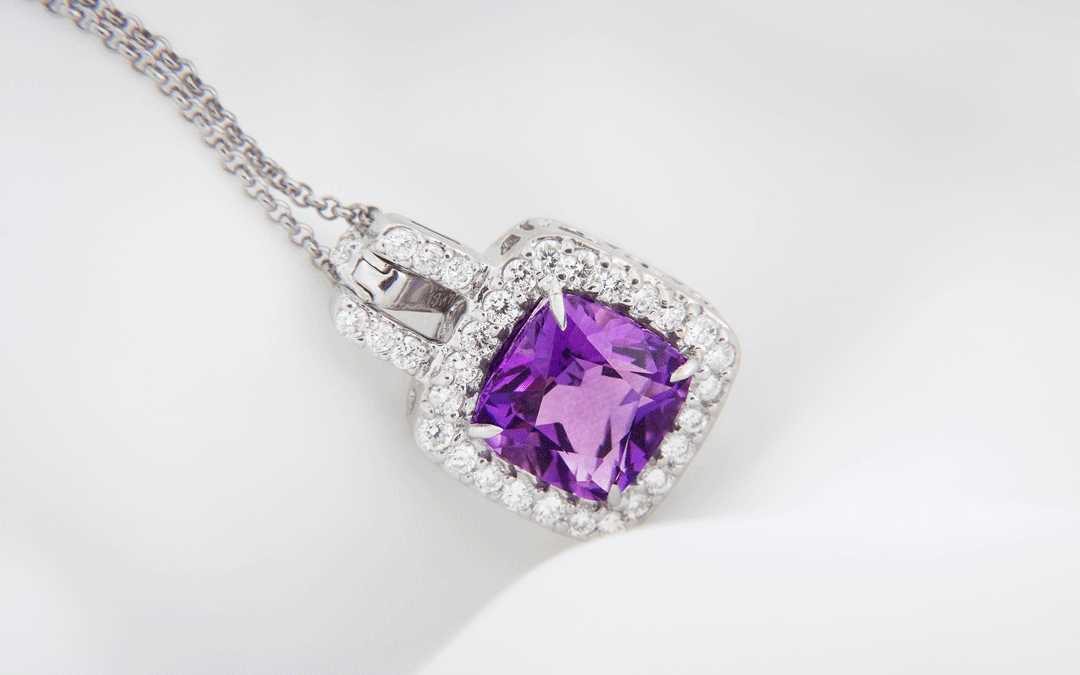Have you ever wondered what the difference is between platinum and white gold?
Most of engagement rings are made with some form of white metal, primarily platinum and white gold, as opposed to other colors of metal.
Platinum
Platinum is a naturally white, precious metal. Its alloys — being 95% pure platinum — are known for purity of composition. This leads to it being the most hypoallergenic metal used in fine jewelry as it is the least likely to irritate the skin.
Platinum is also known as a premium precious metal. It is 30 times rarer than gold and comes at a higher price point for the consumer.
Platinum is very durable. Jewelers consider it the most trusted metal for securing stones. The metal has high ductility, which means it will not stress corrode or thin with years of wear. Platinum can be scratched like other metals, but, metal is not lost when it is scratched. It simply moves around the point of contact and over time develops a characteristic called a patina, which gives it a desirable, heirloom appeal.
Bench jewelers view platinum as being a little more difficult to work with. It requires a separate set of tools.
White Gold
Unlike its platinum which is naturally white, white gold is created by mixing other white metals, such as nickel, with yellow gold. It is then coated in a plating of rhodium to give it the bright white shine. This coating also allows the color of the metal to stay consistent regardless of the quality that is chosen. While the rhodium plating does provide durable protection to the white gold, it wears over time and needs to be re-plated.
For the bench jeweler, white gold is easier to work with and doesn’t require a separate set of tools.
Generally, white gold pieces are generally more price-friendly for the end consumer.

